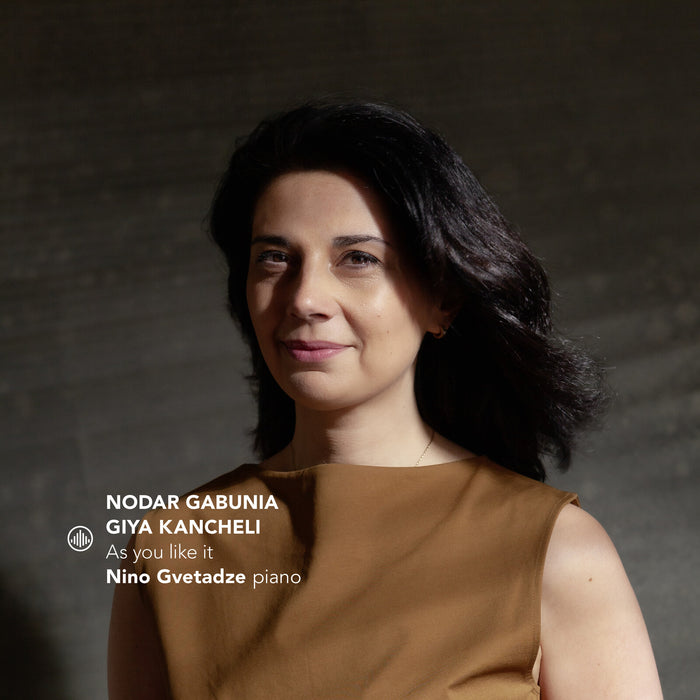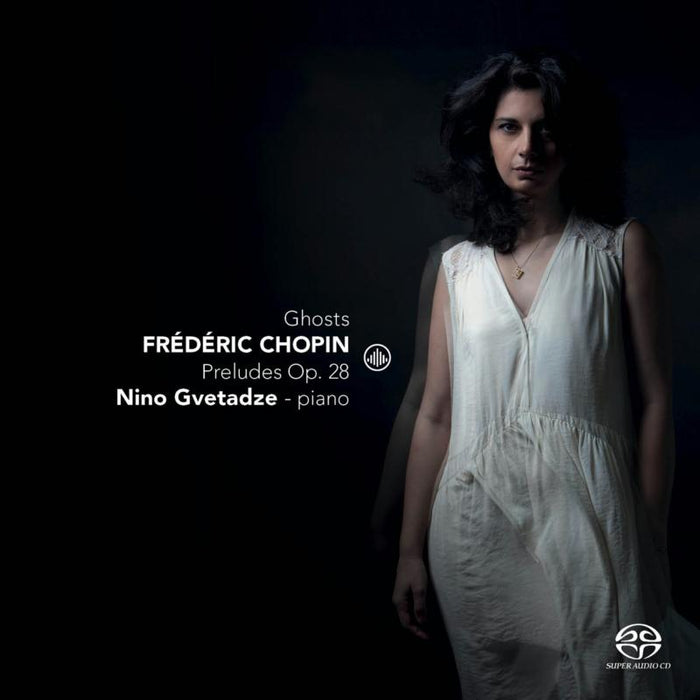Description
Nino Gvetadze has chosen to focus on the works of Robert Schumann for her third release on Challenge Classics. Written in the period 1838-9, the Kinderszenen, Op.15, Kreisleriana, Op.16 and Arabeske, Op.18 are among the finest works in the composer's output.
During the late 1830s Schumann wrote numerous works for the piano, many of which met with considerable success. The Arabeske in C, Op. 18 dates from early 1839. In a letter of 15 August Schumann described the piece, which was dedicated to Frau Majorin Friederike Serre auf Maxen, as "delicate – for ladies", and it is true that it has a gently lyrical, dreamy quality. Yet there is more to the Arabeske than this modest description would suggest. Schumann had left Leipzig for Vienna in the autumn of 1838 after reaching an impasse in his relations with the Wiecks, and the keenness with which he felt the separation from Clara may be sensed in the Arabeske's mixture of wistfulness and determination.
Of the piano music written by Schumann in the 1830s, just two collections include movement titles: the Phantasiestücke, Op. 12, and the Kinderszenen, Op. 15 of 1838. Schumann sketched 30 "cute little things" in early 1838, from which he chose 13 to create the Kinderszenen. The vivid movement titles were attached to each of the Kinderszenen after the music had been written, rather than inspiring the musical content. Yet the tender romanticism of these pieces – in Träumerei especially – suggests that Clara was never far from Schumann's thoughts as he composed them.
Although Clara was a powerful source of inspiration for Robert, he was also profoundly influenced by both musical and literary sources, which helped him to make sense of his rich inner world. E.T.A. Hoffmann enabled Schumann to explore the different facets of his nature through the character of Johannes Kreisler, who appeared in several volumes including Hoffmann's Fantasiestücke, one section of which is entitled 'Kreisleriana'. Schumann strongly identified with Kapellmeister Kreisler: both men were devoted to the music of J.S. Bach, and both veered between extremities of mood, from ecstasy to despair. This multifaceted nature is encapsulated in the eight movements of Kreisleriana, Op. 16. Kreisler's brusque mood-swings are represented through Schumann's contrasts between dazzling virtuosity and lyrical tenderness, often anchored by the tonal contrast between the key
areas of G minor and B-flat major. Schumann's dual nature, previously communicated through Florestan and Eusebius, had found a new mouthpiece. In contrast with the first decade of his career, which was almost entirely given over to piano music, Schumann did not write a great deal of solo piano music in the 1840s, producing just a handful of fugues and pieces for children. At the end of 1848 he began the Waldszenen ('Forest Scenes'), a set of nine short piano pieces. 'Vogel als Prophet' is one of the more disturbing pieces in the set.
"an unalloyed delight... Her "Vogel als Prophet" is exquisite beyond words." 5 STARS, The Independent
"This is, quite simply, gorgeous", BBC Music Magazine *****/*****












